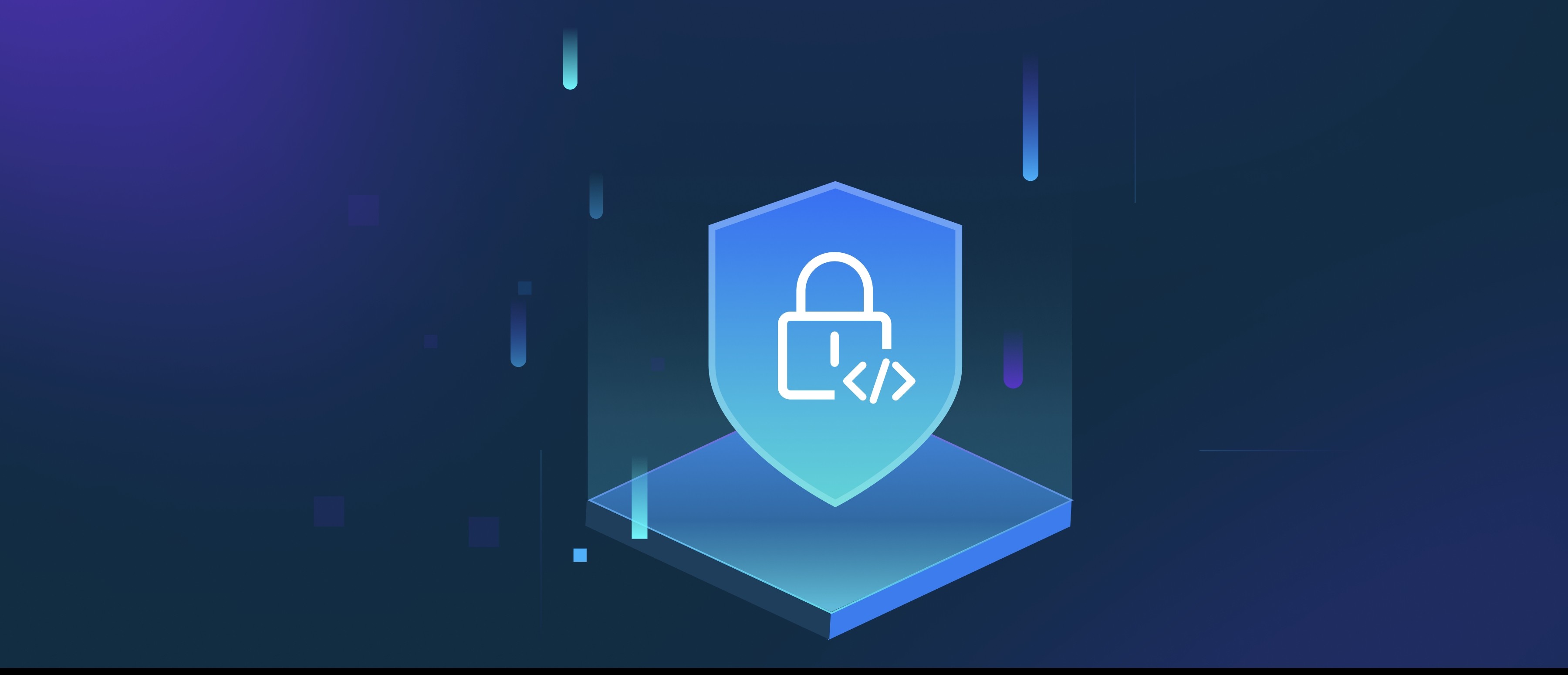Zero-shot learning (ZSL) is a machine learning approach that enables models to make predictions on tasks or categories they were not explicitly trained for. In the context of visual question answering (VQA), this means a model can answer questions about images without having seen those specific questions or images during training. Traditional VQA methods rely on a large dataset of annotated images and questions, but zero-shot learning allows for generalization beyond the training examples.
In VQA tasks using zero-shot learning, a model can leverage information from related tasks or categories. For instance, if a model is trained to understand features of animals in images, it can answer questions about a new species of animal that it has never encountered before. This is often achieved through embeddings, where both images and questions are mapped into a shared feature space. When a new question is posed, the model identifies and aligns the relevant features from the image to the question, even if that specific question was not part of the training.
A practical example of zero-shot learning in VQA could be answering questions about new scenes in nature. Suppose a model has been trained on images of forests and mountains and can correctly answer questions like "What animal is in this forest?" However, during its testing phase, the model encounters an image of a beach. Through zero-shot learning, it can use its understanding of animal species and their likely habitats to infer and answer related questions about beach animals, demonstrating its capability to reason beyond the set examples. This flexibility in handling unseen data makes zero-shot learning a valuable tool in visual question answering tasks, allowing developers to create more adaptable and robust AI systems.
